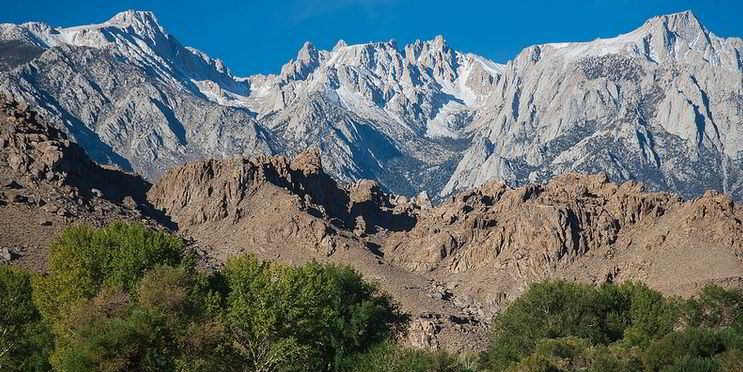California is in the midst of one of its worst droughts in recorded history, exposing many parts of the Golden State to extreme wildfires and water shortages.
By the end of April, California had received a miserly 56% of its average annual rainfall, while the Sierra Nevada snowpack – a key source of water for many parts of the state – is at just 13% of its historic average for this time of year.
One impact of such droughts that is often eclipsed in the media by other more immediate problems is its effect on the state’s hydroelectric production. Large and small hydro together account for nearly one-fifth of installed generation capacity.
As a result of the drought, the California Independent System Operator (Caiso), which manages the state’s grids, has derated the state’s effective hydro capacity for summer 2014 by 1.7GW.
Water shortages can also force shutdowns at thermal-generation units, with up to 1.15GW of thermal capacity likely to be taken offline due to water curtailment issues, according to Caiso.
Extreme wildfires, long a feature of California’s dry summers, can also cause disruptions to major transmission lines.
Yet even with hydro reservoirs at just 63% of their average levels, California stands little chance of power shortages this summer, thanks in large part to a wave of new solar capacity coming on line, Caiso says.
Between June 2013 and June of this year, Caiso expects 3.2GW of new power-generation capacity to have been taken on line in California – 61% of it from solar.
California will also rely more heavily on electricity from natural gas this summer, meaning that the drought will likely lead to higher electricity prices and increased greenhouse gas emissions, Caiso says.
By magnitudes of scale, California is the largest statewide PV market in the US, installing 2.6GW last year – or more than half of the 4.75GW put up across the country. California is home to many of the most prominent US solar companies, including SunPower and SolarCity.
Solar is set to overtake wind on a cumulative installed basis in California during 2014.
Caiso expects California’s electricity demand to peak this summer at 47.4GW. After the drought’s impacts are accounted for, it will have an effective power-generation capacity of 53.6GW – giving it an operating reserve margin of 23.8%.
Among US states, California is by far the most populous, and the second largest consumer of electricity, after Texas.
Last week, a new report from the National Climate Assessment underscored the extent to which climate change is already affecting the US, with potentially devastating impacts on industries like agriculture, in which California is a national leader.
President Barack Obama used the report to hammer home his support for renewables and other climate change-mitigation efforts, and on Friday he spoke in support of solar energy in California at a Wal-Mart, which boasts the largest on-site PV capacity of any company in the US.

